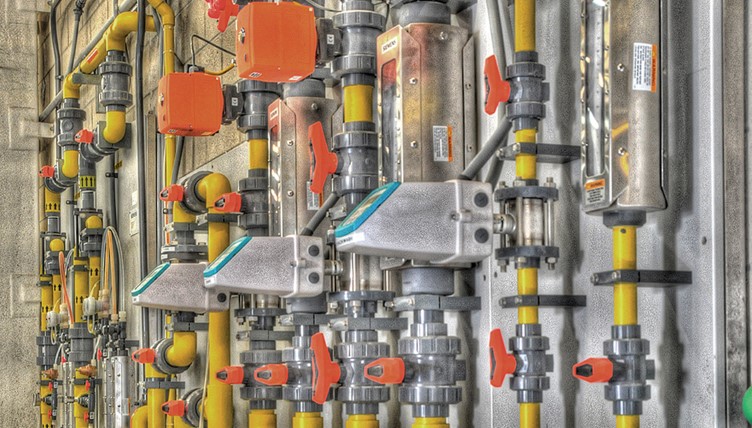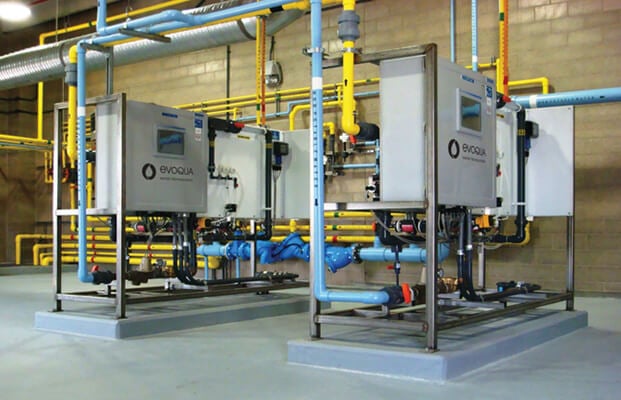Challenge
The 34 MGD Otay Water Treatment Plant in San Diego, California serves a population of approx. 200,000. The plant receives raw water from two sources - imported water from the Colorado River and runoff from three local reservoirs.
With the introduction of the EPA's Stage 2 Disinfectants and Disinfectants Byproducts Rule (Stage 2 DBPR), regulations became more stringent for Trihalomethanes (THM) and Haloacetic Acids (HAA). Strict water conservation in the reservoirs created a high potential for producing DBPs (disinfection byproducts) with the current method of chlorine disinfection due to high levels of total organic carbon in the raw water entering the plant. The plant needed to find a more effective solution to control DBPs in compliance with the new rule.

Solution
Chlorine dioxide (ClO2) was selected as the most effective solution based on its ability to provide pre-oxidation and disinfection, while preventing the formation of THMs and HAAs.
The Otay Water Treatment Plant installed Millennium™ III Auto Series Chlorine Dioxide Generators from Evoqua Water Technologies. The self-tuning, automatic generators produce chlorine dioxide in a two-stage reaction process under vacuum conditions to ensure maximum yield efficiency at 95 percent.
Chlorine dioxide is applied at the front end to raw water as it leaves the reservoir tower outlet, and ClO2 levels are continuously monitored to provide a 1.2 log disinfect rate, which is approximately twice that required by regulation.
" The switch to chlorine dioxide has been what has allowed us to comply with the Stage 2 DBPR. Since we began feeding chlorine dioxide there have been no major nitrification issues in that part of the city's distribution system served by the Otay plant. "
Results
Since the adoption of chlorine dioxide, the Otay Water Treatment Plant has reduced THM levels by more than half.
In addition, the small amount of chlorite ion residual remaining after filtration aids in reducing nitrification in San Diego's distribution system.

